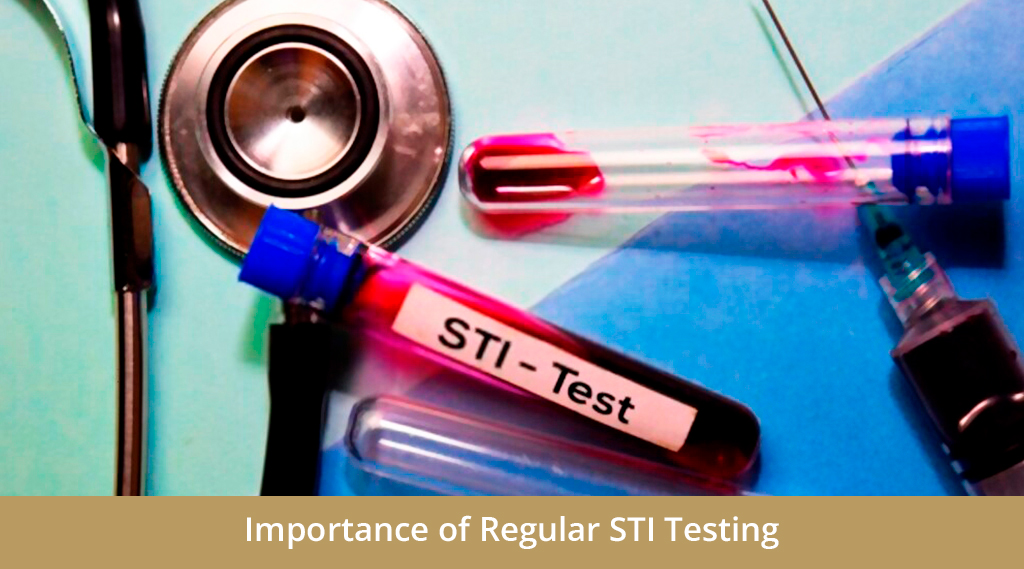
Sexually transmitted infections are a very frequent and under-diagnosed cause of illness worldwide, regular checks are highly recommended for your health and wellbeing especially if you have any relevant symptoms or suspicions.
World Health Organization (WHO) statistics show that about 498.9 million new cases of Chlamydia trachomatis (CT), Neisseria gonorrhea (NG), syphilis and Trichomonas vaginalis (TV) occurred worldwide in 2008 in adults between the ages of 15 and 49. The number of patients with STIs is higher than the one reported in the statistics because of the asymptomatic form of the infection, the absence of partners testing, self-treatments and under-reporting the cases.
Causes of STIs
STIs can be caused by different kinds of microorganisms, including viruses, bacteria, and parasites. Sexually transmitted viral infections include human papillomavirus (HPV), human immunodeficiency virus (HIV), herpes simplex virus (HSV), hepatitis B and C, and human herpesvirus-8 (HHV-8). Sexually transmitted bacterial infections include syphilis, gonorrhea, and chlamydia. Trichomonas is an example of a sexually transmitted infection caused by a parasite. Infestations with parasitic bugs, such as lice or scabies, can also be transmitted by close contact and may be acquired during sexual activity. Humans contract the Zika virus through the bite of an infected vector mosquito, and the Zika virus can be transmitted to others through sexual contact.
Complications of STIs
In women, STIs can determine cervicitis, pelvic inflammatory disease, salpingitis, endometritis, spontaneous abortion, and prematurity/low birth weight. Women have an over 3 times higher rate of contracting Chlamydia Trachomatis than do men. Urethritis, epididymitis, and chronic prostatitis occur in men with STIs. In both genders, STIs can cause infertility and they increase the susceptibility to HIV infection. In both sexes symptomatic infection appears to be the exception rather than the rule, up to 70% remain asymptomatic for a varying period.
Methods of testing STIs
A high number of detection methods and a large range of specimens in which sexually testing infections can be determined are available now, and they range from cell culture to nucleic acid amplification tests (NAAT). In bacterial culture only viable bacteria can be quantified, but NAATs such as polymerase chain reaction (PCR) can quantify both viable and nonviable bacteria. The higher sensitivity and better specificity of NAATs are their main advantages over other tests. PCR has been used to analyze a variety of specimen types including male and female urine, male urethral swabs, and female endocervical/vaginal swabs. The invasiveness of traditional collection methods determined some individuals not to perform STIs tests. Self-collectable samples such as first-void urine (FVU) and vaginal swabs have the advantage of being non-invasive and may increase the number of tested individuals and the practicability of screening programs. Polymerase chain reaction (PCR), performed on first void urine offers the advantage of being non-invasive, self-collectable and has high sensitivity and specificity. Home STD Test options are increasingly popular for their convenience and privacy, allowing individuals to test.
PCR STIs test can check up to 13 organisms at the time. Results usually appear in 24 to 48 hours.
Recent Posts
-

Types of STD Tests: Blood, Urine, Swab and Rapid Tests Explained
STD testing is considered essential for early detection, accurate diagnosis, and effective treatment of sexually transmitted infections. Many STDs show little or no symptoms, making regular screening an important part of sexual health and wellbeing. January 16, 2026 -

How Modern Labs Detect STDs: The Science Behind the Tests
Sexually transmitted infections can often stay silently in the body, sometimes creating subtle changes that leave a person uncertain about what is happening. Modern diagnostics and STD/ STI lab tests help bring clarity by studying tiny pathogens that the body is being exposed to long before it becomes an actual health risk.
January 06, 2026 -

Multivitamin IV Drip: How Beneficial Are They?
A Multivitamin IV Drip is a sterile infusion that combines nutrients such as vitamin C, B-complex vitamins, magnesium, and calcium in a balanced, hydrating solution. At Health Call, this popular treatment is used to support overall hydration ...
December 10, 2025 -

HIV and AIDS Symptoms in Women
HIV (Human Immunodeficiency Virus) and AIDS (Acquired Immunodeficiency Syndrome) affect millions worldwide, but the symptoms in women can often be misunderstood, overlooked, or mistaken for other conditions.
August 07, 2025 -

Understanding the STD Test Window Period
Sexually transmitted diseases (STDs) remain a significant public health concern worldwide, and early detection is key to both treatment and prevention of transmission. One of the most crucial, yet often misunderstood, aspects of STD testing is the window period.
August 07, 2025




